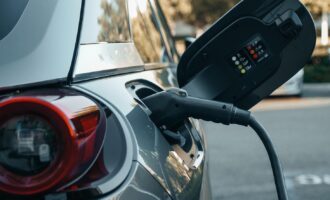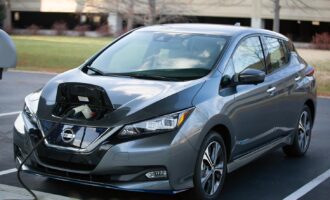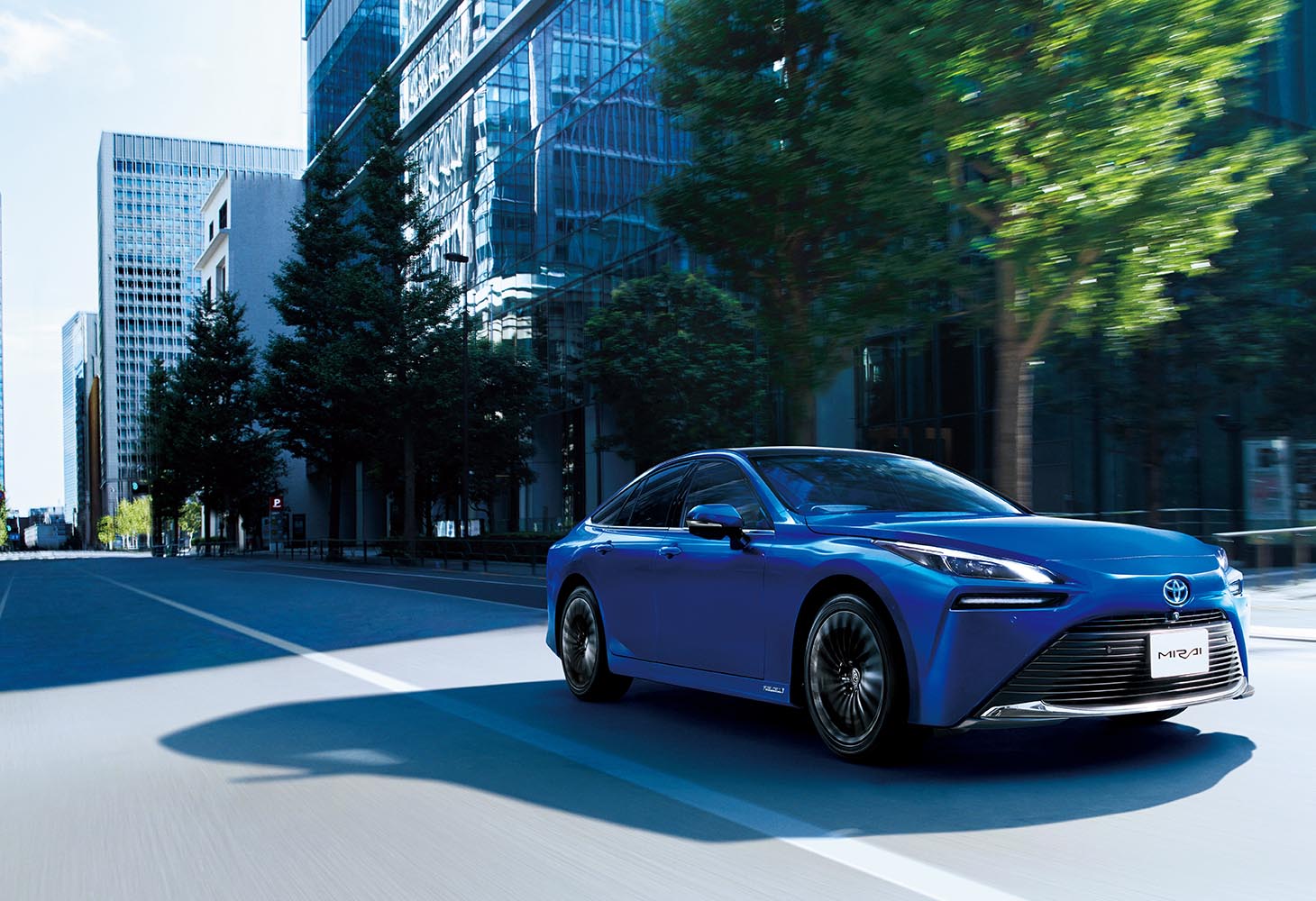
Toyota Motor: “Beyond zero” environmental impact
Toyota Motor Corporation boasts the world’s largest lineup of electrified vehicles. Toyota has delivered 50 hybrid electric vehicles (HEV), six plugin hybrid electric vehicles (PHEV), nine battery electric vehicles (BEV) and two fuel cell electric vehicles (FCEV) —which comprise the bulk of the Japanese automaker’s variants as of September 2022.
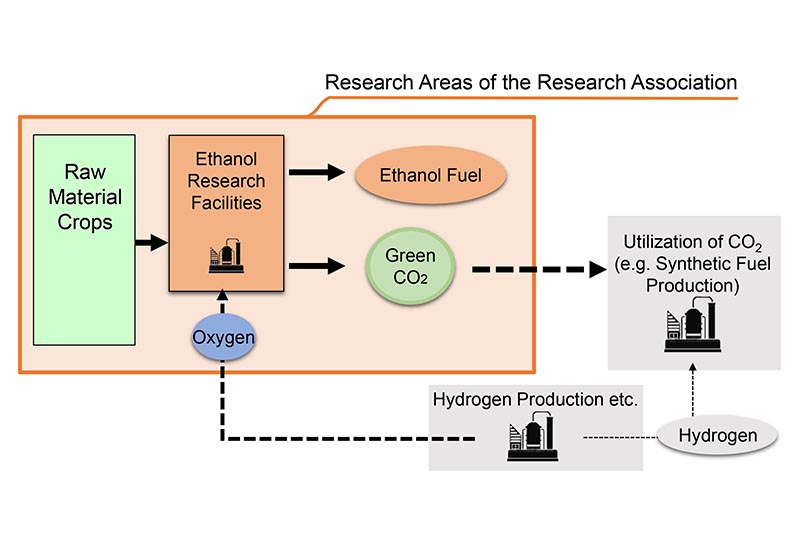
HEVs have efficiently reduced carbon dioxide (CO2) emissions using a small volume of batteries, says Oji Kuno, project general manager in the Carbon Neutral Development Division at Toyota Motor Corporation. During a keynote presentation at the SAE Powertrain, Fuels & Lubricants Conference & Exhibition in Krakow, Poland in September 2022, the Toyota representative outlined efforts of the Japanese automaker towards carbon neutrality. The annual SAE event attracts original equipment manufacturers (OEMs), suppliers, researchers, engineers, government officials and others from around the globe to discuss current technologies to enhance performance, reduce emissions and boost fuel economy in mobility.
“Carbon is our enemy,” said Kuno, referring to the remarks of Akio Toyoda, chairman of the Japan Automobile Manufacturers Association, in his presentation on the Potential of powertrains toward various pathways of carbon neutrality. Kuno stressed the importance of all industries working together to achieve carbon neutrality, noting that Japan’s unique strength is “excellent combined technology.” The presentation detailed Toyota’s steps to achieve carbon neutrality and how the automaker will provide its customers around the world with “sustainable and practical products.”
Moving forward, Toyota plans a further expansion of its electrified vehicle range—in particular, BEV and PHEV technologies. By 2030, the company is targeting 3.5 million BEV units and 30 models across its Toyota and Lexus brands. Kuno also noted plans for flexible fuel vehicles and development of hydrogen combustion engine vehicles.
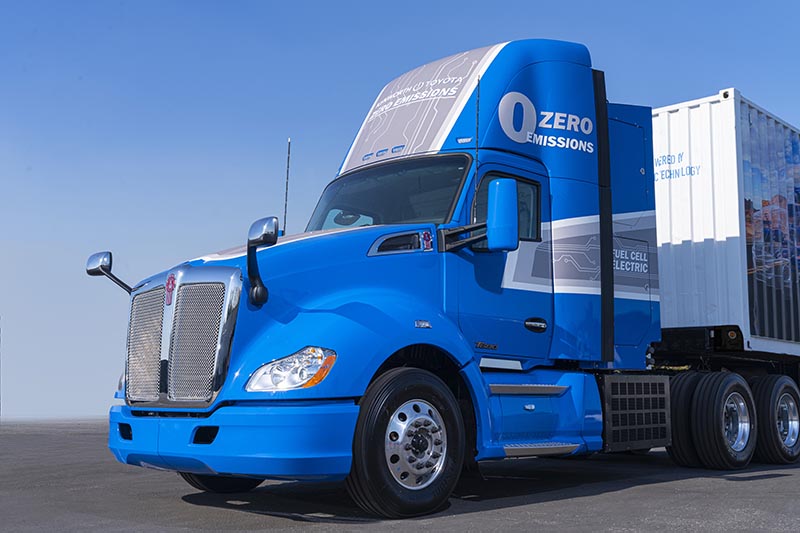
Sustainable and practical electrified vehicles will be enabled by a synergy between battery and vehicle development, said Kuno. Battery enhancements will result in over 30% reduction in the cost of a single battery via material developments, manufacturing process innovation, new structures and the evolution of the battery control model, he said. Kuno also outlined CO2 emission reduction opportunities through a reduction in materials, new structures enabling fewer parts, and lower process emissions due to process innovation.
Toyota will also extend sustainable mobility through ongoing improvements in power efficiency. A projected 30% improvement in power efficiency is associated with an equivalent reduction in battery capacity, said Kuno. The Toyota presentation highlighted the automaker’s advancement of electric vehicles, however, Kuno reiterated that both electrified and combustion technologies will continue to work together to advance carbon neutrality including BEVs, FCEVs, PHEVs, HEVs and hydrogen internal combustion engine vehicles.
Kuno emphasised the significance of clean energy for carbon-neutral vehicles and the role of biomass and synthetic fuel technologies in our carbon-neutral efforts—both routes which convert atmospheric CO2 into fuel. Policy measures are already encouraging higher bioethanol blends with gasoline in some countries in Southeast Asia, such as in India and Thailand. Thailand, Malaysia and Indonesia’s energy policies are also promoting a gradual increase in biodiesel blend ratios in the near future.

Kuno conceded there are various challenges associated with these fuel technologies, including a need to increase the production of biomass in a way that does not conflict with food production or destroy the environment. The Toyota representative highlighted opportunities to lower carbon intensity and lessen environmental impacts using second-generation advanced bioethanol through high-performance technologies such as yeast. In July 2022, the Research Association of Biomass Innovation for Next Generation Automobile Fuels was established by six Japanese companies: ENEOS Corporation, Suzuki Motor Corporation, Subaru Corporation, Daihatsu Motor Co. Ltd., Toyota Motor Corporation and Toyota Tsusho Corporation. The association promotes technological research on the use of biomass, as well as the efficient production of bioethanol fuel through the optimised circulation of hydrogen, oxygen, and CO2 during production to achieve a carbon-neutral society, said Kuno.
The potential of synthetic or “e-fuels” as a future low-carbon fuel option was also discussed. E-fuels are produced with electricity from renewable sources, water and CO2 and provide a “drop-in” alternative to fossil fuels. Kuno stressed the importance of high-volumetric energy-density fuels for long-range applications. Liquid fuels provide greater volumetric energy density than electricity from lithium-ion batteries.
EVs have a lot to thank the internal combustion engine (ICE) for. The expansion of fundamental core technologies, which have been accumulated in conventional powertrains, are supporting the full lineup of electric vehicles, said Kuno. The Toyota representative outlined several evolutions of fluid technology that are playing a critical role in electrified mobility.
“Flat viscosity engine oil” has had a significant effect on the fuel economy index (FEI) of HEV and PHEV, he said. The concept of flat viscosity oil means a lower viscosity at low-mid temperatures while maintaining reliability at higher temperatures. The oils offer benefits in new and in-use vehicles.

Automatic transmission fluid has been a staple in modern engines for decades. The evolution of hardware designs to include electrified transaxles has led to the formulation of electrified transaxle fluid (e-TAF). This has been utilised in a wide variety of EVs and can contribute to carbon neutrality, said Kuno. Toyota has successfully developed e-TAF that has achieved energy efficiency improvements of between 1.2% and 1.7% in HEV/PHEV, alongside positive impacts on driving range for BEVs (+1.0%). New additive chemistry has also enhanced gear durability—providing improved reliability, fatigue life and anti-seizure. Finally, Kuno highlighted the development of a low-conductivity coolant for BEV. The water-type coolant is appropriate for Toyota’s new electric SUV, the bZ4X model—which launched in May 2022. The battery coolant advancements offer strong cooling performance, rust prevention and higher electro-resistivity.
Kuno outlined efforts by the Japanese automaker to evolve the ICE so that it is compatible with hydrogen combustion. Hydrogen combustion engines (HCE) sound just like petrol engines but they do not produce any carbon and they could play a significant role in the zero-emission future of passenger cars. Kuno noted the inclusion of the ORC ROOKIE Corolla H2 concept in the Super Taikyu 2022 racing series, powered by compressed hydrogen. In August 2022, a hydrogen-engine version of the Toyota GR Yaris made a demonstration run during the ninth round of the World Rally Championship (WRC) in Ypres, Belgium. This was the first under-development hydrogen-engine vehicle from Toyota driven on public roads outside Japan.
Toyota outlined the breadth of technologies under development to advance carbon neutrality of mobility ranging from CO2-free fuels, innovative batteries and battery materials, the reuse and recycling of batteries, the introduction of energy-saving technology in production and sales and the use of renewable energy and hydrogen. These measures will ensure the EV line-up is appropriate for the energy circumstances of individual regions.
Toyota detailed an expansion into negative emission technologies that go “beyond zero” environmental impact. Industrial actions include carbon capture from factories—either through physical absorption using porous materials, separation membranes, or chemical absorption—and CO2 capture from the air using technologies such as direct air capture (DAC). Kuno also defined nature-based carbon mitigation strategies using forest, farmland and wetland initiatives.





